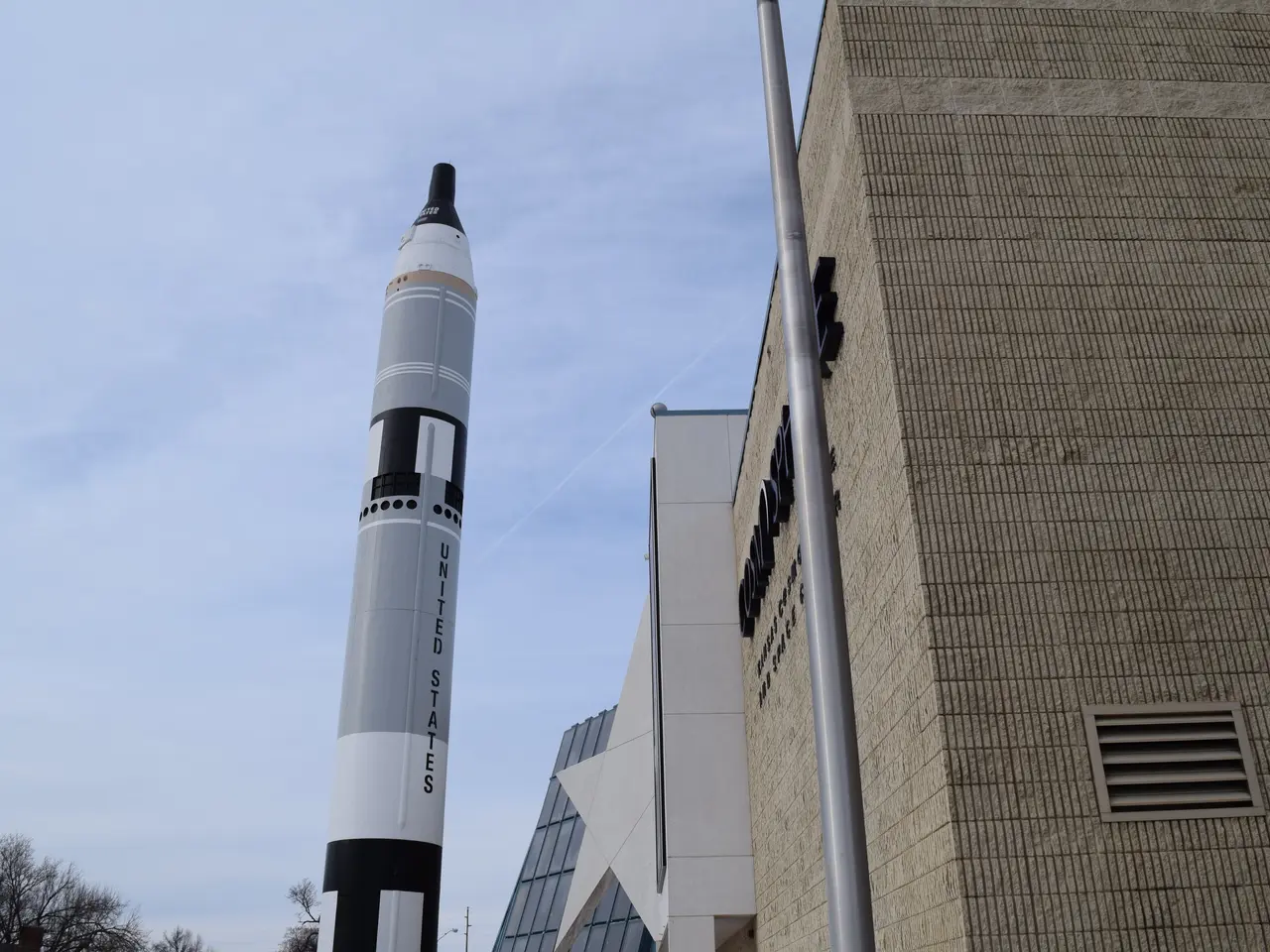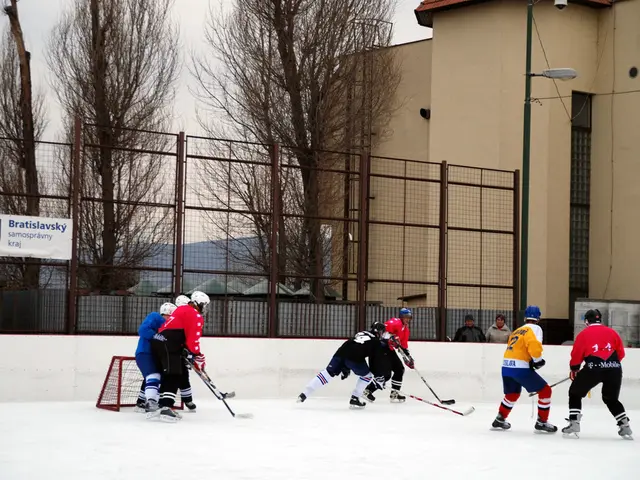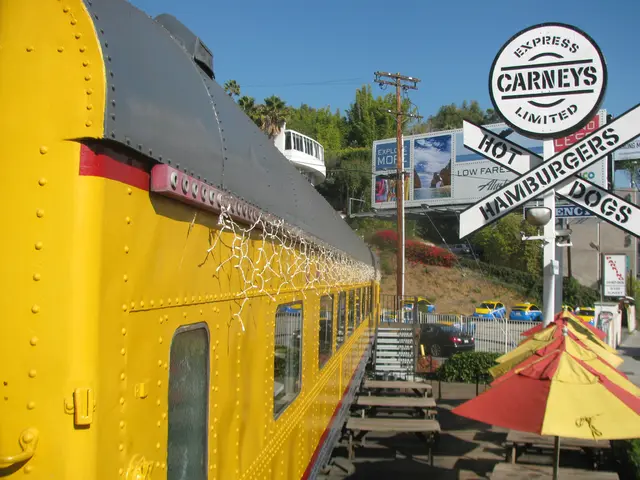Unveiling the Scientific Mechanisms of Nuclear Explosions
In an informative infographic published by Visual Capitalist, the sizes of various nuclear bombs used in the past are compared, providing a sense of scale that goes beyond mere numbers.
The atomic bomb Fat Man, dropped on Nagasaki in 1945, had a yield of approximately 18-23 kilotons (kt) TNT equivalent, making it slightly larger than the Little Boy bomb, which was dropped on Hiroshima and had a yield of around 15 kt.
Moving forward, the power of nuclear bombs increased significantly. Castle Bravo, a thermonuclear bomb tested by the United States in 1954, produced about 15 megatons (Mt), which is roughly 1,000 times more powerful than Little Boy.
The largest nuclear bomb ever tested, Tsar Bomba, detonated by the Soviet Union in 1961, had a yield of about 50 Mt. This means it is approximately 3,000 times more powerful than Little Boy.
To put these explosive energies into perspective, Mount Everest, the tallest mountain on Earth, stands at about 8,848 meters (29,029 feet) high. Even the largest nuclear explosions, such as Castle Bravo, whose fireball was about 3 miles (~4.8 km) in diameter, pale in comparison to Everest's height.
In terms of blast radii, a 10 Mt bomb like Castle Bravo can extend to 8.6 km for severe damage zones, while Tsar Bomba's massive yield would produce even larger effects, though no direct linear dimension is as large as geographic features like Everest.
The infographic also shows the heights and radii of the atomic and hydrogen bombs mentioned. The mushroom cloud of the atomic bomb Little Boy, used in Hiroshima, was approximately 8 kilometers or 5 miles high. For the hydrogen bombs, Castle Bravo, used by the United States, had a mushroom cloud that was approximately 25 kilometers or 16 miles high, while Tsar Bomba's mushroom cloud soared over 67 kilometers or 42 miles high, making it the highest nuclear explosion mushroom cloud ever recorded.
Visual Capitalist, an online publisher, has created this infographic to educate the public about the scientific process of nuclear weapons, providing a clear and engaging way to understand the differences between atomic and hydrogen bombs and their relative sizes.
- Data visualization in the infographic published by Visual Capitalist reveals that the data for the sizes of various nuclear bombs, such as the 50 Mt Tsar Bomba, outweighs the heights of earthly structures, like Mount Everest, showcasing the sheer power of these weapons in the realm of science.
- In the ongoing exploration of scientific phenomena, both medical-conditions data and data on space-and-astronomy can be compared to nuclear bomb yields to provide a scope of what falls under immense energy releases, as demonstrated in Visual Capitalist's data visualization.
- Utilizing technology, Visual Capitalist's infographic presents data in a way that illustrates the growth in nuclear bomb power over time, from 15 kt Little Boy to 50 Mt Tsar Bomba, showcasing the potential for human-made devastation.








